“I’m not interested in square and square cinema”. This is how categorical Manuel Martín Cuenca was during the presentation of his latest film, El amor de Andrea, in a Salón de los Espejos packed with media and spectators. E
The filmmaker, who co-wrote the script with Lola Mayo, proposes a new work about family affections and disaffections that represents a turning point in his filmography. It is a film of naturalistic essence, stripped of all ornamentation, much brighter than his previous works and located in the Bay of Cadiz about a girl who tries to recover the relationship with an absent father.
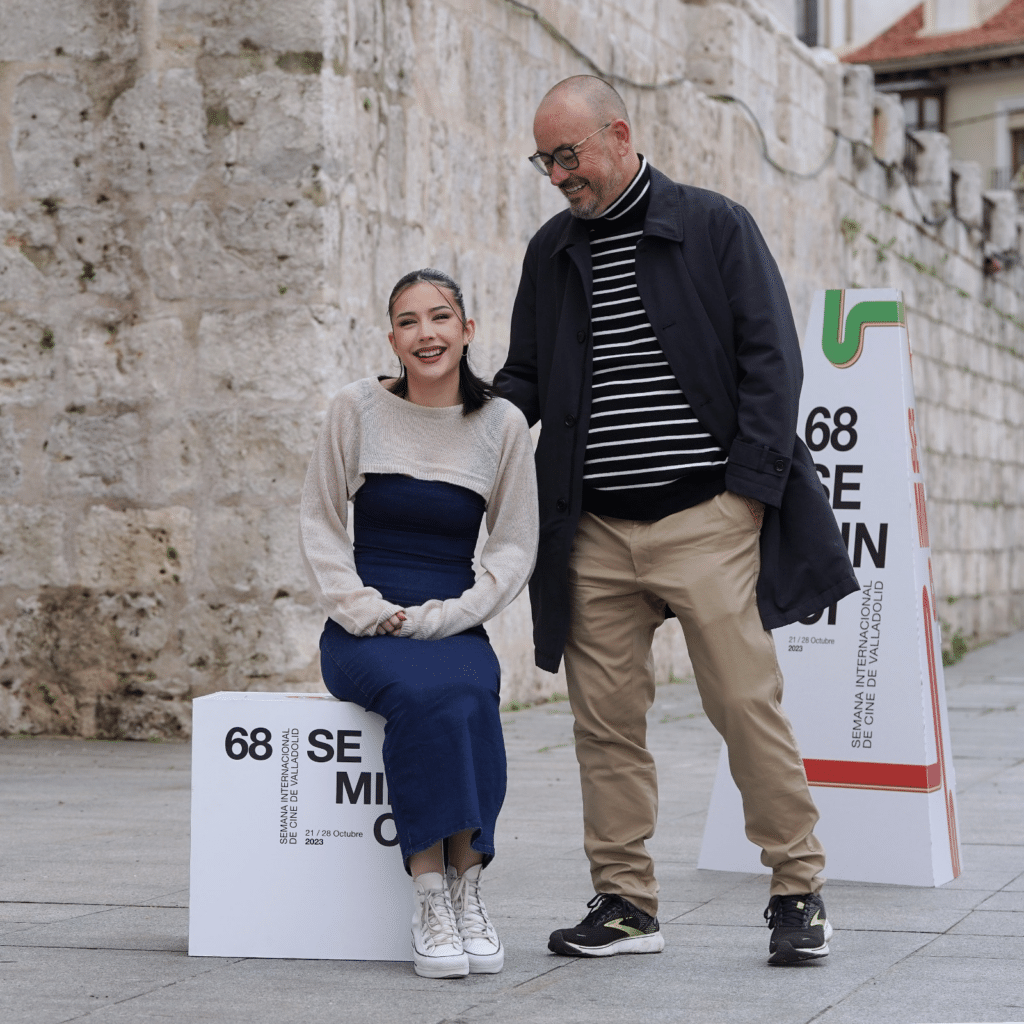
“There is something fundamental in young people that has to do with affection, with the search for affection,” said Martín Cuenca, who advocates fleeing the costumbrismo and the driest drama to accompany the story of “life”, “smiles” and “zest for life”.
Accompanied by part of the film crew, the author of works such as The Daughter (2021) and Cannibal (2013) has located the germ of the story in a conversation with Lola Mayo more than a decade ago that, during the pandemic, began to take shape. “I share with Manuel that concern for the family and children”, said Mayo, who clarified that what they were looking for with this film was to represent children “in a horizontal way: not as future citizens, but as current people”.
In this line, the search for young actors to play the main characters lasted a year until Lupe Mateo, who plays Andrea, was found. “Cinema is very physical, it is made of skin”, Martín Cuenca explained, concluding that his interest is not in the actor or the actress, but in “the people behind them”.Guillermo Galván, member of the band Vetusta Morla, who composed the soundtrack for the film, explained the details of a process that began with the theme that appears during the final credits and served as the basis for the rest of the music that appears in the film, framed in the habanera genre and always conceived “from the point of view of the protagonist,” as he explained.
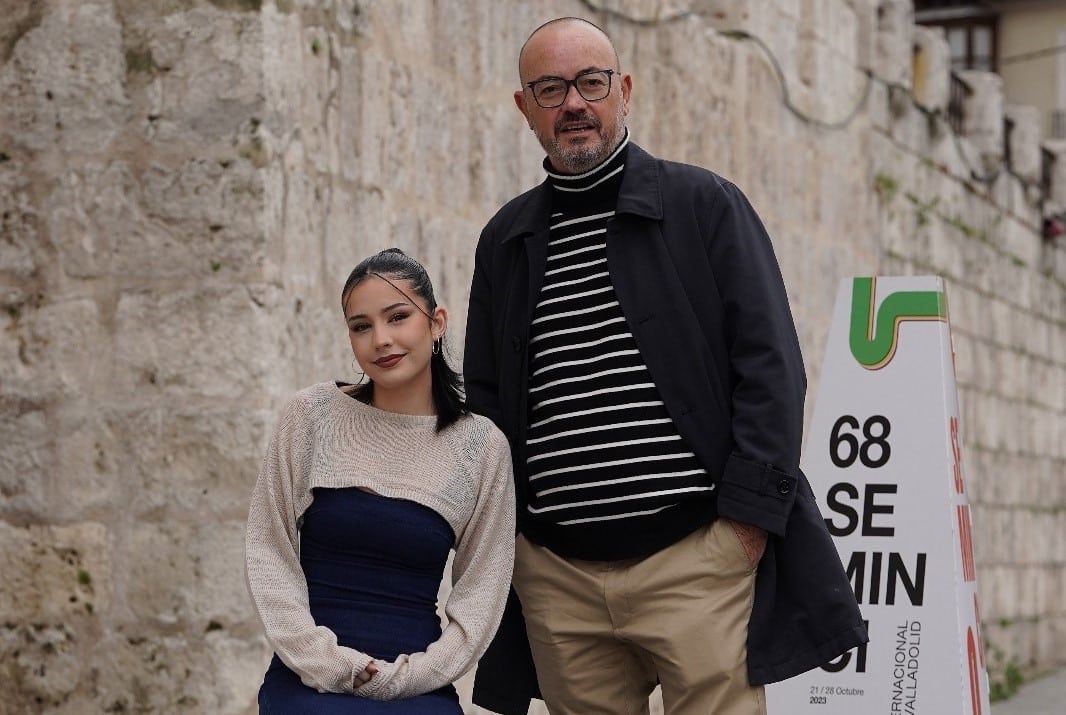
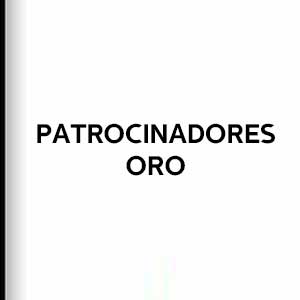



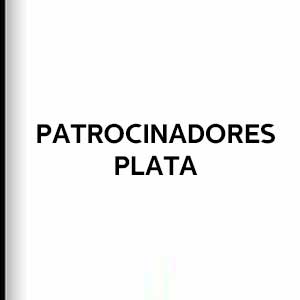



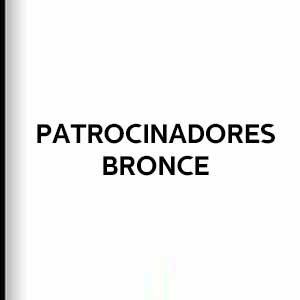









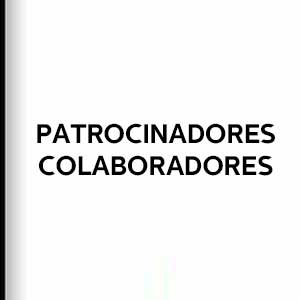







![Logo Foro Cultural de Austria Madrid[1]](https://www.seminci.com/wp-content/uploads/2024/09/Logo-Foro-Cultural-de-Austria-Madrid1-300x76.jpg)








